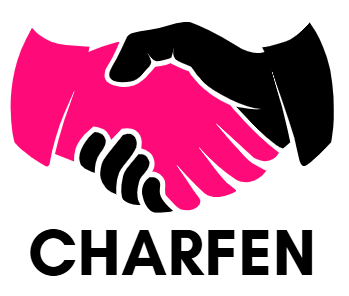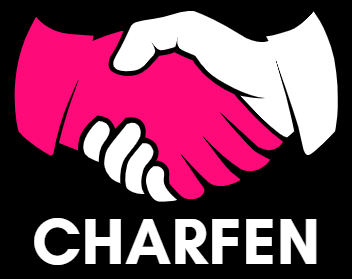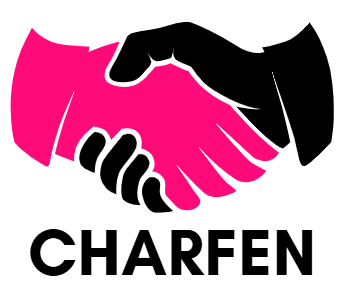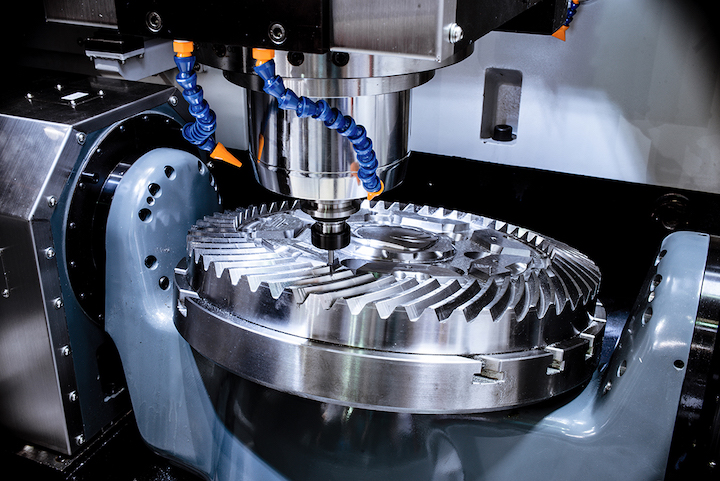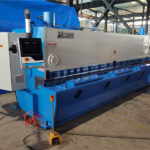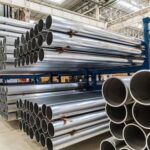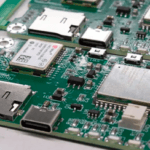Advertisement
In today’s competitive manufacturing landscape, CNC milling machines have become the backbone of precision production. These machines automate the milling process, allowing for high-speed cutting, shaping, and drilling of metals and other materials with extreme accuracy. The ability to choose the right machine can significantly affect your production quality, efficiency, and cost-effectiveness.
Understanding the types of CNC milling machines—from 3-axis to 5-axis—will help you determine which is best suited for your operations. If you are exploring the current market trends and technology insights, you can learn more about how 3-axis and 5-axis machining centers are impacting industries worldwide.
3-Axis CNC Milling Machines:
3-axis CNC milling machines are the entry-level standard in milling technology and the most widely used across industries. Operating along the X, Y, and Z axes, these machines allow the cutting tool to move up and down, side to side, and front to back.
Key Features of 3-Axis Machines:
- Simple and reliable: Ideal for basic cutting, drilling, and slotting operations.
- Cost-effective: Suitable for small businesses or workshops with limited budgets.
- Ease of use: Minimal setup requirements make them beginner-friendly.
Common Applications:
- Producing flat surfaces and 2.5D parts
- Engraving and pocketing operations
- Creating simple molds and components for machinery
While they cannot handle very complex geometries, 3-axis machines remain the workhorses of many small and medium-scale production facilities due to their affordability and versatility.
4-Axis CNC Milling Machines:
A 4-axis CNC milling machine adds an additional rotary axis, known as the A-axis, which allows the workpiece to rotate. This unlocks greater flexibility in machining, enabling the production of more complex shapes without manual repositioning of the part.
Advantages of 4-Axis CNC Machines:
- Machining multiple sides in one setup reduces time and labor.
- Better precision and surface finish due to fewer part re-clamps.
- Ideal for cylindrical or angled features, such as gears or turbine blades.
Common Industries Using 4-Axis Machines:
- Automotive part manufacturers producing engine components
- Aerospace companies creating parts with multiple angled surfaces
- Mold-making industries requiring slightly complex contours
4-axis machines are often chosen by businesses upgrading from 3-axis technology but not yet ready to invest in a 5-axis system. They strike the perfect balance between affordability and advanced capability.
5-Axis CNC Milling Machines:
When it comes to cutting-edge manufacturing, 5-axis CNC milling machines are the ultimate solution. In addition to the standard X, Y, Z linear axes and the A-axis, they add a B-axis—allowing the cutting tool or the workpiece to tilt and rotate freely. This flexibility provides near-limitless machining possibilities.
Benefits of 5-Axis CNC Machines:
- Unmatched precision: Essential for aerospace, medical, and defense industries.
- Single-setup machining: Reduces time and potential errors.
- Ability to create highly complex geometries that other machines cannot handle.
- Improved tool life and surface finish due to optimal cutting angles.
Real-World Use Cases:
- Producing turbine blades, impellers, and aerospace structures
- Creating complex medical implants and surgical instruments
- Manufacturing intricate molds and prototypes
Although 5-axis machines require a higher investment, they offer a faster return on investment for companies producing high-value, complex parts. For advanced solutions and modern CNC milling options, manufacturers often trust boruimc.com to meet their production demands.
How to Choose the Right CNC Milling Machine:
Choosing the right CNC milling machine depends on several factors:
- Complexity of Parts: Simple flat parts require 3-axis, while highly complex components demand 5-axis.
- Production Volume :High-volume, intricate work benefits more from 4-axis or 5-axis setups.
- Budget :3-axis is cost-friendly, 4-axis is mid-range, and 5-axis is premium.
- Future Scalability:investing in a higher-axis machine can save future upgrade costs.
- Available Workshop Space Larger machines require more space and safety clearance.
Final Thoughts:
CNC milling technology is continuously evolving, and understanding the differences between 3-axis, 4-axis, and 5-axis machines ensures smarter purchasing decisions. For small-scale workshops, 3-axis machines remain reliable workhorses. Mid-level production facilities benefit from the efficiency of 4-axis systems, while industries needing top-tier precision and complex part manufacturing rely on 5-axis CNC milling machines.
By carefully assessing your production needs, budget, and long-term goals, you can select a machine that maximizes efficiency and profitability in your operations.
